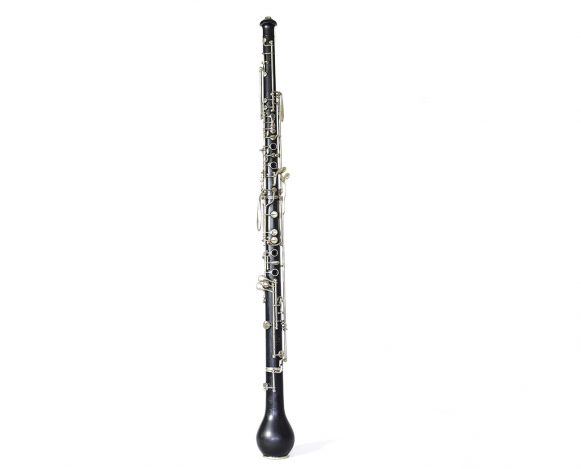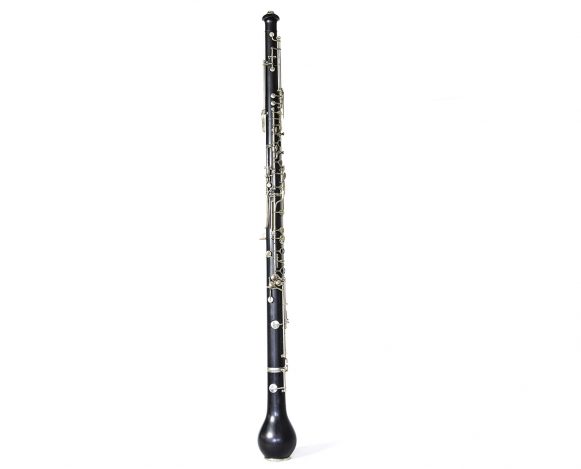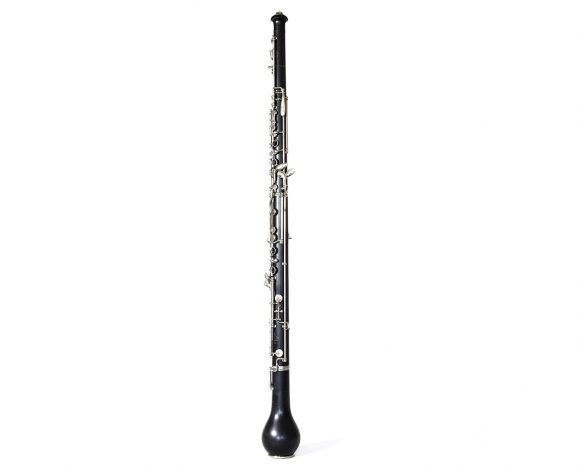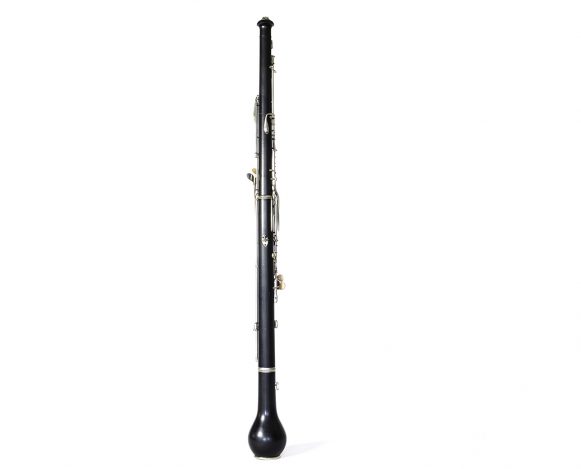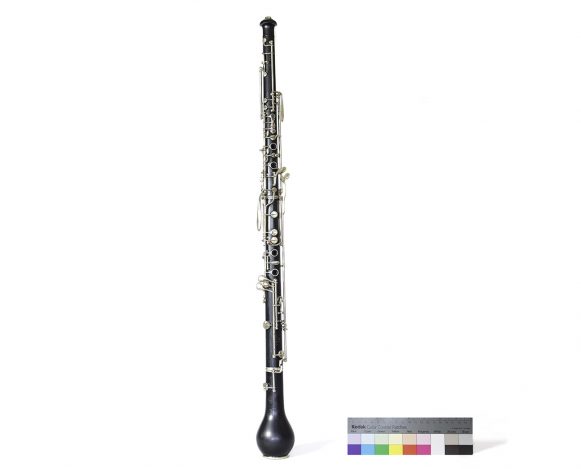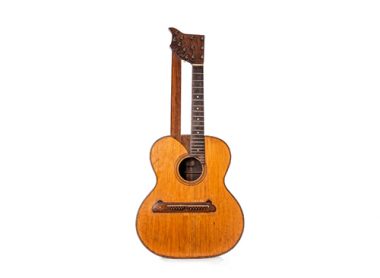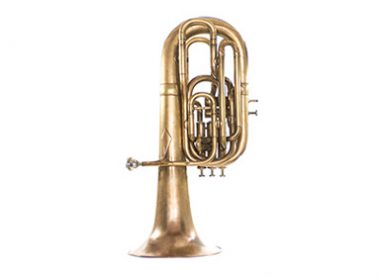The English horn is a tenor oboe in F. The strumming of the instrument and the clefs (treble clef) are similar to the oboe, but the English horn is a transposing instrument and therefore it sounds a fifth below the oboe. At the beginning of the 18th Century, the shape and structure of the English horn reminded the medieval representations of the angels’ trumpets, and so the instrument was called “engellisch”, which in medieval German means “angelical”. The same word also means “English” and eventually the two meanings got mixed and the “English” identification was established. During its first years of existence, its use was interchangeable with other tenor oboes, and very few works were written for the instrument until 1740, when the composers started to write specifically for the English horn. One of the first composers to explore the English horn was Christoph Willibald Gluck (1714-1787), who used the instrument in works such as La Danza (1755) and Orpheus and Eurydice (1762). During the 18th century, the English horn was mainly associated to the Italian opera, and the majority of the instruments was made in cities that had opera theatres, like Vienna, Dresden, Milan, Venice and Lisbon. In the 19th Century, Hector Berlioz (1803-1869), a follower of Gluck, also wrote solos of melancholic feature for the English horn, and more than the other composers, he contributed to associate the instrument with feelings of emptiness, solitude and lamentation. In France, the use of the English horn was established only in the 19th century, and the first important English horn musician from France was Gustave Vogt (1781-1870). From 1810 on, Vogt worked with manufacturer Guillaume Triébert to improve the instrument. New keys were added and the instrument was refined, making it more respectable and better known. Later on, another musician, Henri Brod (1799-1839), who was not satisfied with the muffled sound and clumsy shape of the English horn of that time, also joined Triébert and François Lorée, another manufacturer who worked at the studio, to make changes in the English horn. Around 1830, Triébert’s studio was making the instruments with a straighter shape, easier to be held by the musicians and with a fuller timber, as the “hautbois-alto”, which was later called the modern English horn. In the years 1880, François Lorée opened his own studio and started to build an English horn based on the model developed in collaboration with Brod, and improved the new structure even more, taking the instrument to its present shape. At the beginning of the 20th century, the English horn had already been established as a solo instrument in orchestras, and was rather used in cinema soundtracks by composers such as Virgil Thomson, Hugo Friedhofer, David Raksin, Miklós Rózsa and Victor Young.
